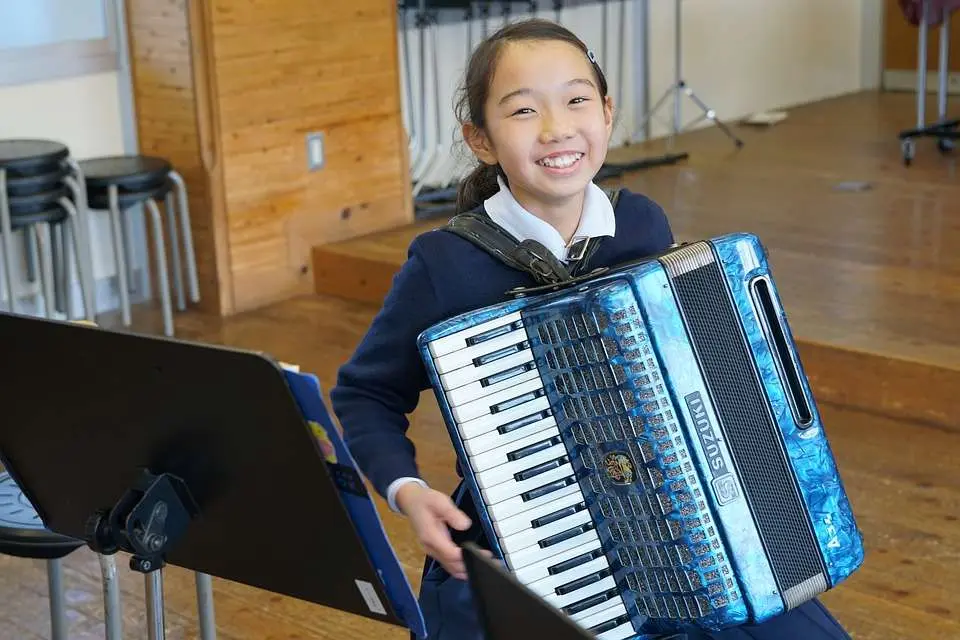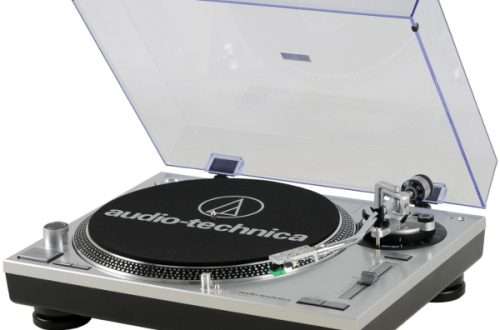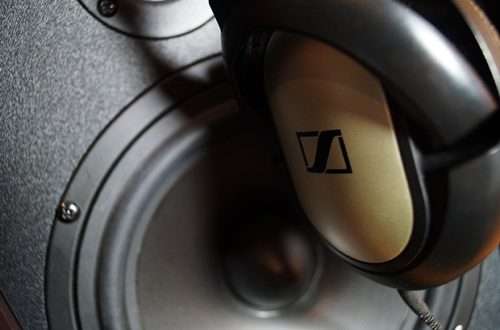
Learning the accordion from scratch. The most common mistakes.
 There are at least a few such notorious mistakes made by learners. People who pursue their own curriculum on their own are particularly vulnerable to committing them. Often, unaware, they make mistakes, not knowing how much harm they are doing to themselves. It is easy to fall into bad habits, while unlearning bad habits is much more difficult afterwards. These errors most often result from our laziness and attempts to take shortcuts, because at the moment we think it is easier, faster and simpler.
There are at least a few such notorious mistakes made by learners. People who pursue their own curriculum on their own are particularly vulnerable to committing them. Often, unaware, they make mistakes, not knowing how much harm they are doing to themselves. It is easy to fall into bad habits, while unlearning bad habits is much more difficult afterwards. These errors most often result from our laziness and attempts to take shortcuts, because at the moment we think it is easier, faster and simpler.
Fingering
Such basic and most common mistakes include bad fingering, i.e. incorrect finger placement. This aspect of education should be given special attention, because this mistake will take revenge on us throughout our musical activity. Our efficiency and ability to navigate the keyboard or buttons will depend on the correct fingering, among other things. This is the main factor that influences the speed of our smooth playing. With bad fingering, we simply won’t be able to play fast musical passages.
The changes of the bellows
Another common mistake, which is a standard at the very beginning of learning, is disregard for changes in the bellows in designated places. The most common changes to the bellows are made every measure or two, or as phrases end or begin. By making changes to the bellows at the wrong times, the song or exercise being performed becomes jagged, which in turn makes it sound very unpleasant. Of course, the most common reason for making bad changes is the fully stretched bellows, or the lack of air in the folded bellows. Therefore, from the very beginning of learning, we must learn to reasonably manage the air that we inject and release. It’s always a good idea to take some air and start an exercise or song with the bellows slightly open.
Time
Keeping the pace steadily throughout an exercise or song is not an easy task. Unfortunately, a large proportion of learners, especially on their own, rarely pay attention to this element. Often they are not even aware that they are accelerating or slowing down. However, it is a very important musical element, which is of great importance especially when playing in a team. This ability to keep pace steadily can be practiced, and the only and reliable way to do this is to use the metronome while practicing.
Remember also that each exercise should be performed in slow paces at the beginning so that all the rhythmic values are kept in relation to each other. You can also count while practicing: one, two and three and four and, but it is much better to do this with the accompaniment of a metronome.
Articulation
A large number of people do not pay attention to the articulation markings, as if they were not there at all. And this is the basis for a given piece to sound the way the composer saw it. Therefore, from the very beginning, at the stage of reading a given piece, pay attention to the markings of dynamics and articulation. Let it be natural for you, that where it is louder to play, we open or fold the bellows more strongly, and where it is quieter, we perform this activity more gently.

Hand posture and positioning
Incorrect posture, wrong hand position, unnecessary stiffening of the body are mistakes that are made even by people who have been playing for a long time. And here’s a return to these elementary tips like: we sit straight on the front part of the seat, slightly leaning forward. Place the right hand in such a way that only the fingertips have contact with the keyboard, while throwing the right elbow slightly forward. The entire weight of the instrument should rest on our left leg.
When playing, you must be very relaxed, your body must be free, your hand and fingers must be able to move freely. I also recommend, especially at the beginning of education, the use of a cross strap to fasten at the back. Thanks to this, the instrument will not fly to you and you will have more control over it.
summary
Most of the mistakes may result from our ignorance, which is why it is so important to consult a professional who will help us correctly position our body, hand and fingers, at least in this initial period of teaching. Besides, do not rework the material just for the sake of reworking it, to keep going further and forward. It is better to process a smaller amount of material more slowly and accurately than to pass the entire material inaccurately and, consequently, not be able to do much. In music, accuracy and precision are the most desirable features that will pay off in the future.




